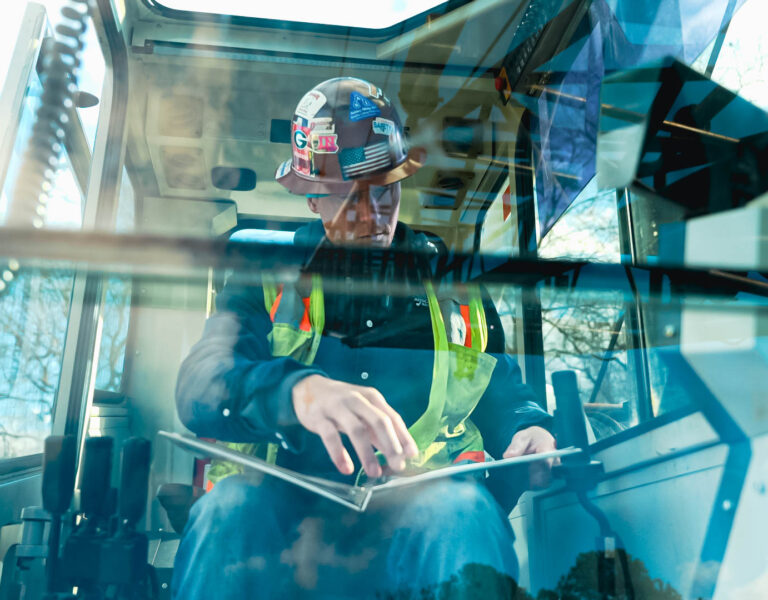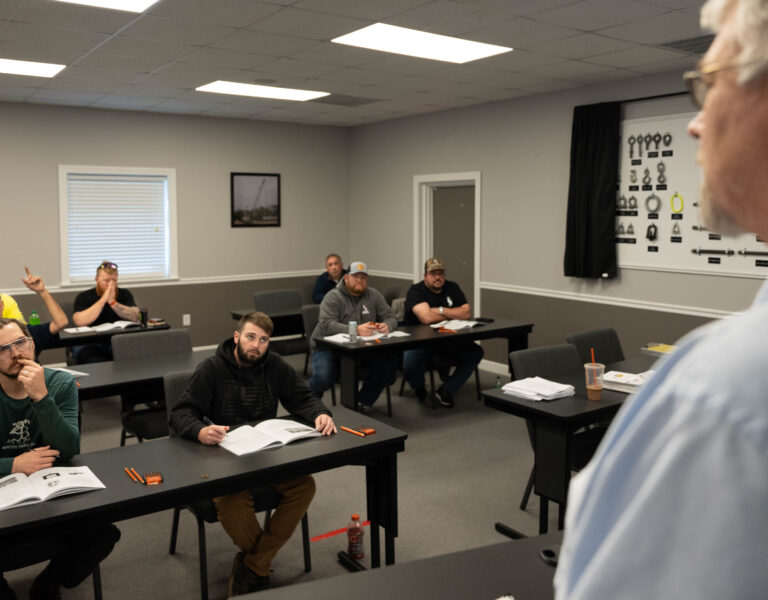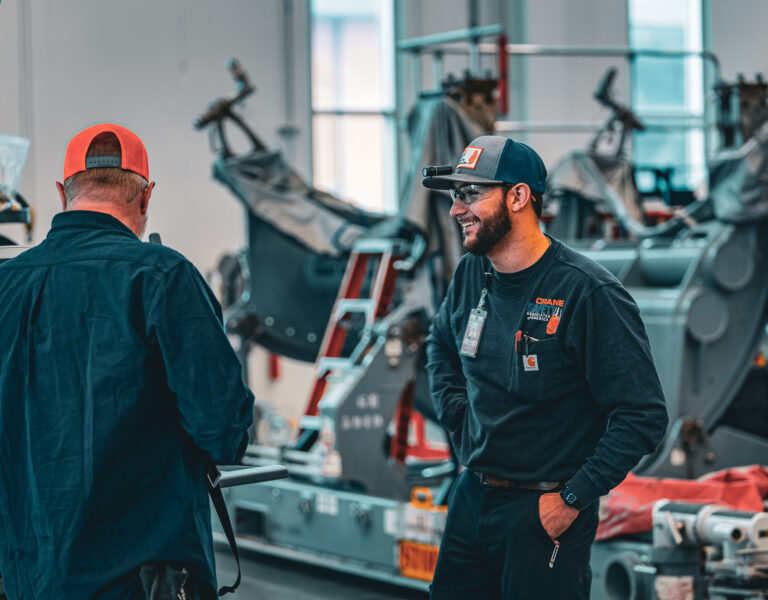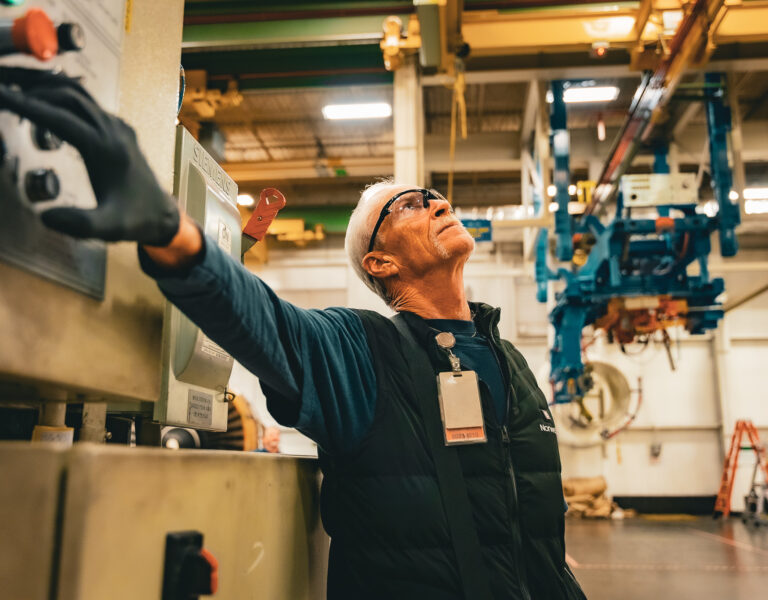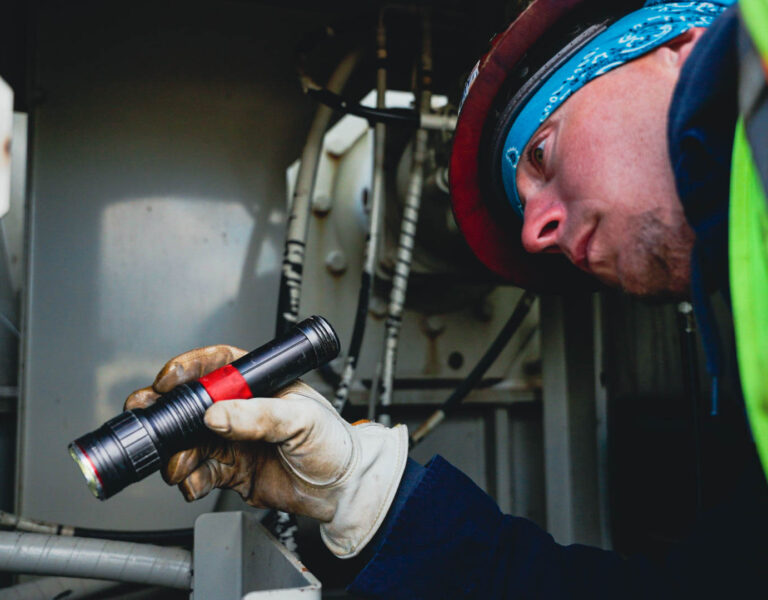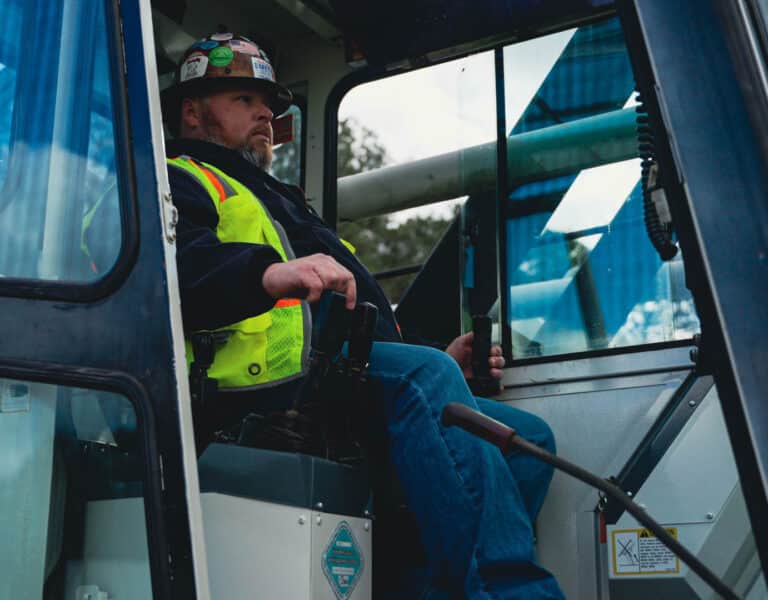Safely operating cranes is of the greatest importance in the construction industry, and a significant part of that involves regular crane inspections. The Occupational Safety and Health Administration (OSHA) has set comprehensive guidelines for these inspections, ensuring the safety of the equipment and people. This post will explore the OSHA crane inspection requirements, including overhead hoist inspection, OSHA mobile crane inspection, and OSHA critical lift requirements.
OSHA Crane Inspection Requirements
OSHA mandates regular inspections to identify any potential hazards or malfunctions in crane equipment. These inspections are categorized into three types: frequent, periodic, and prior-to-use.
Frequent inspections are typically conducted on a daily or monthly basis, depending on the crane’s use and exposure to wear and tear. Periodic inspections occur at least annually and are more comprehensive, involving a detailed review of all crane components. As the name suggests, prior-to-use inspections are done before use of each crane to ensure its safe operation.
Overhead Hoist Inspection
Overhead hoists, often used in conjunction with cranes, are subject to their own set of OSHA inspection requirements. Like cranes, overhead hoists should be inspected frequently and periodically. These inspections should cover all facets of the hoist, including hooks, chains, brakes, and limit switches.
OSHA Mobile Crane Inspection Requirements
Mobile cranes have specific inspection needs, given their mobility and the increased risks they pose. In addition to the general OSHA crane inspection requirements, mobile cranes must undergo additional checks, including examining hydraulic systems, control mechanisms, tires, and ground conditions, among other things.
OSHA Critical Lift Requirements
A critical lift is defined as any lift that exceeds 75 percent of a crane’s rated capacity or any lift involving more than one crane. OSHA critical lift requirements stipulate that a detailed lift plan must be in place before the lift. This plan should include a risk assessment, verification of equipment and personnel capabilities, and a clear communication strategy.
Overall, OSHA crane inspection requirements are essential to maintaining safety in crane operations. At Crane Safety Associates of America, we provide comprehensive crane inspection services in compliance with OSHA regulations. With our expertise, you can ensure the safety and efficiency of your operations, keeping your equipment in top shape and your worksite accident-free. Trust us to help you navigate these requirements and contribute to a safer work environment.


